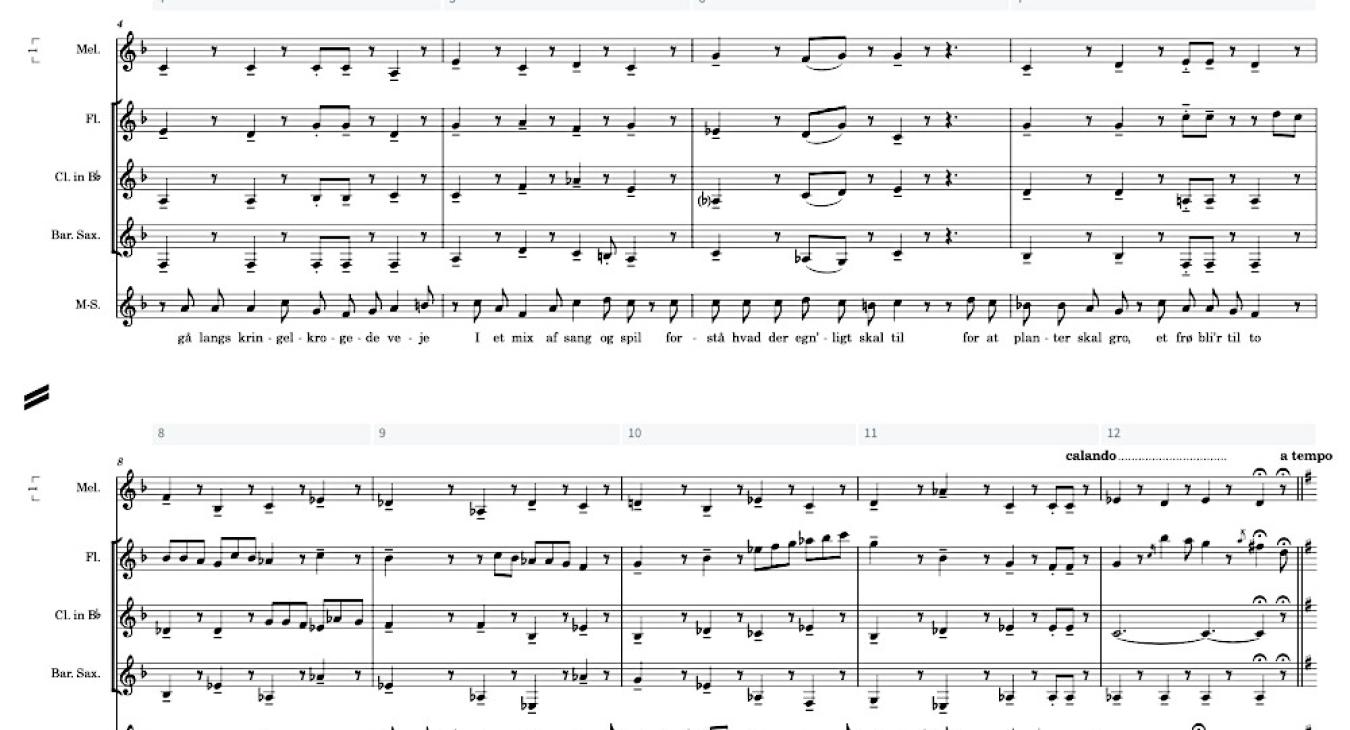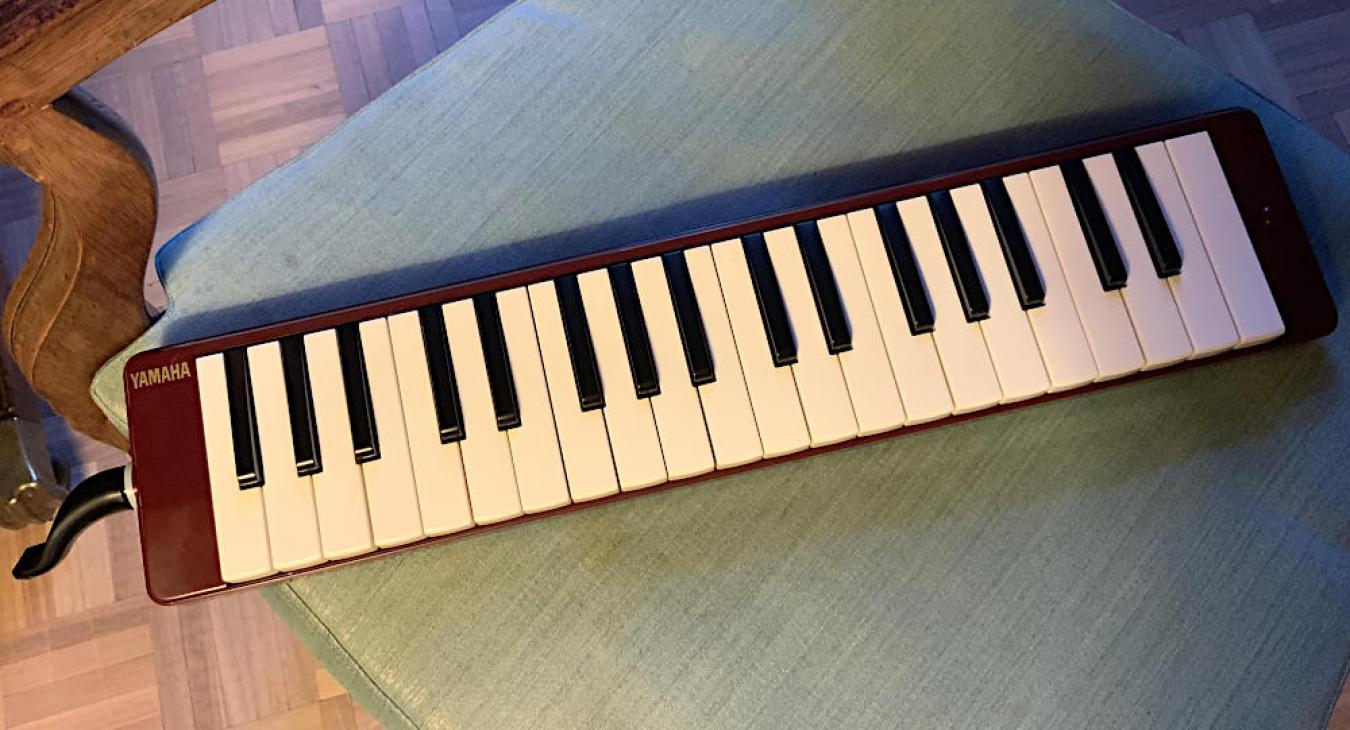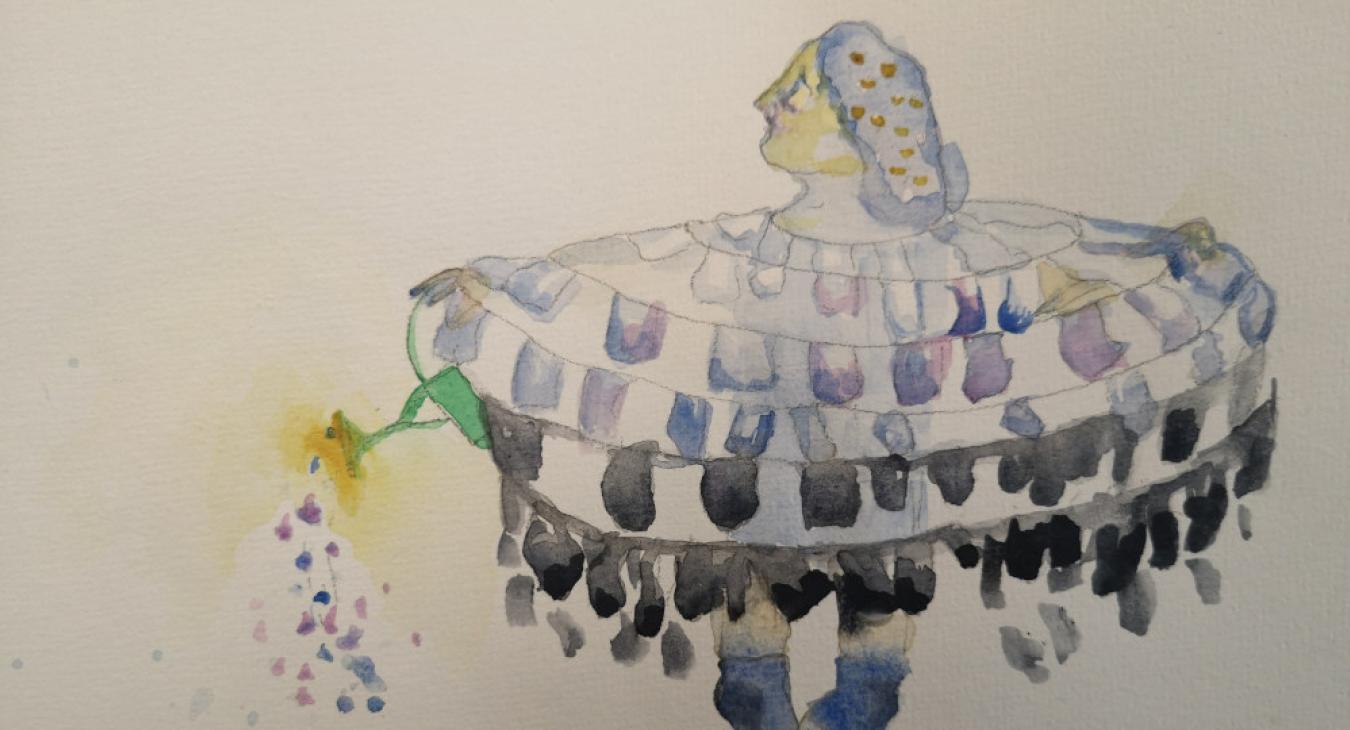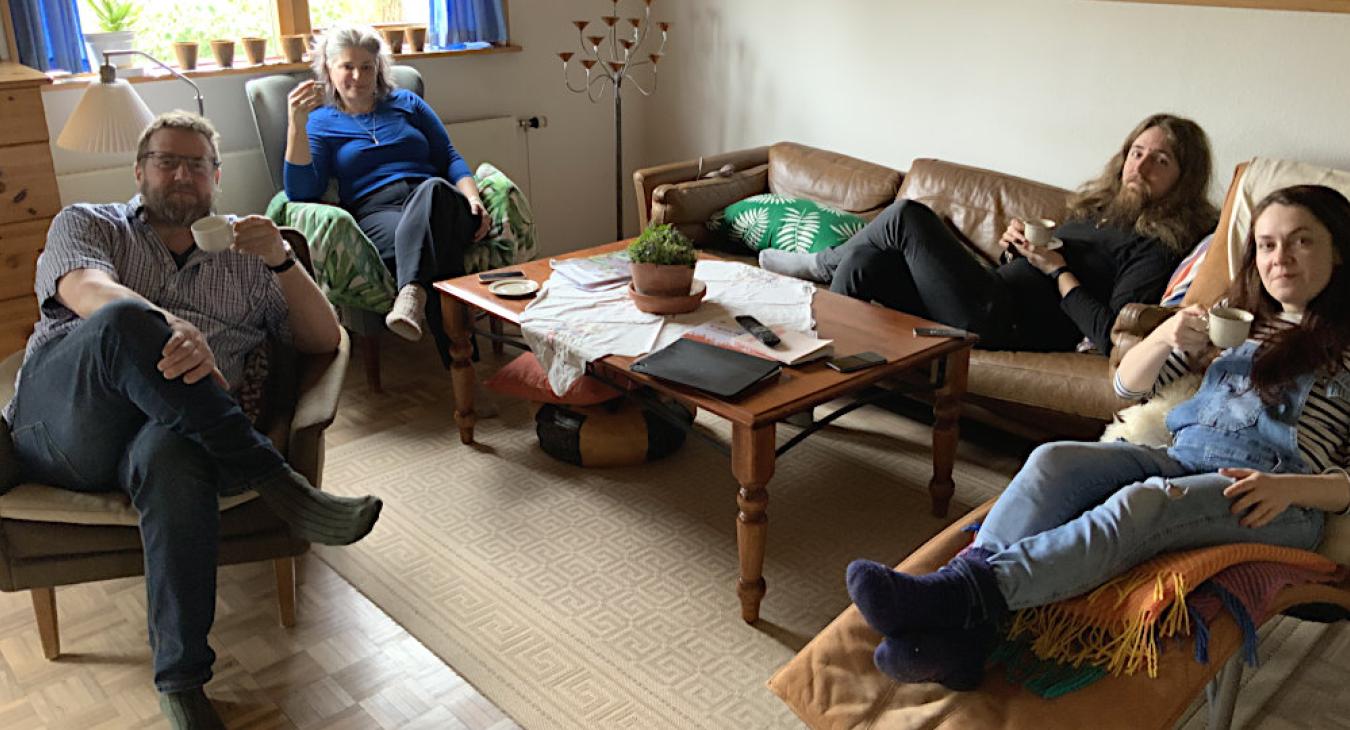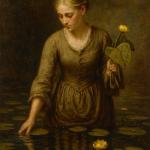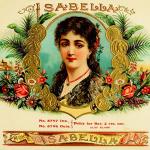I can no longer recall the moment the concept of an opera for children first emerged. Yet, before I knew it, the project had taken on a life of its own, with funding partially secured and the composition phase beckoning.
General Reflections
How does one tackle such a task? The aim was to craft an opera that resonated with children, encompassing the full spectrum of operatic traditions; from overtures and arias to sung dialogues, recitatives, and choruses. These are elements unfamiliar to most children (and many adults), so the challenge was to adapt them to a child's level of perception.
I vividly remember my first encounter with opera as a child. The elements that made it a profound experience were precisely those that were new to me: unfamiliar instrument sounds, powerful vocal performances, striking costumes, and above all, the enchanting feeling of being enveloped in a theatrical illusion crafted by numerous people simultaneously. Such detailed reflections were of course beyond my young mind as I sat in the theater, yet the sense of magic was immediate and remains with me to this day.
I believe that children, inherently curious and receptive to musical nuances, will react as I did to my first opera. Likely, they'll approach the music with a sense of curiosity. Our role as performers is to nurture this curiosity into engagement. That is, by the way, a principle that applies equally to adult audiences.
Thus, I’ve felt confident in introducing children to concepts and sounds they’ve not experienced before. This approach has simplified the creative process significantly.
The Opera as a Socializing Force
The opera of the 20th century, steeped in clichés, was much more than an art form. It served, perhaps primarily, as a means of socialization. Musical performances were not just about the music but also about 'musicking,' as defined by the New Zealand music sociologist Christopher Small; a social act centered around music. The bourgeoisie attended the opera to conduct business, showcase their eligible daughters, and socialize with their peers. And while there, they could also enjoy that aria that was on everyone's lips!
The social aspect is equally crucial in Nature Opera for children and their families. As the title suggests, it aims to create a socializing experience for the children, together with their families in a broad sense. Nature Opera is designed to provide a memorable experience for children, spending a day outdoors with siblings, parents, and grandparents, breathing fresh air, learning new things, all with music as the central theme.
The Character of the Music
From the beginning, I believed it essential to engage children (and their families) with a firm artistic expression and an independent musical language. The music should not attempt to 'please' the children’s ears with a tonal language mirroring the bombardment of sounds they encounter daily, especially from grand productions like Disney or the relentless noise of cartoons by the yard.
On the other side, I have no hidden educational agenda towards the children, nor a desire to immerse them in an overly experimental and abstract tonal language.
The social aspect is equally crucial in Nature Opera
The result evolved by itself (as compositions often do). In Nature Opera, classic elements from the opera world are present; chorus, recitatives, and each character has 'their own aria'. At the same time, folk music and old singing games have found their way into the score. There’s even a whimsical segment featuring beatboxing, or vocal percussion. All of this is enveloped in a tonal harmonic language, not completely devoid of sharp edges! The idea was to craft a tangible musical foundation that the performers could leverage to capture the children’s attention.
The Musical Characters
The opera's dramaturgy is anchored in 5 scenes, each depicting a specific segment of nature's cycle from seed to plant. Various musical characters appear across these scenes:
-
The omnipresent 'Wind,' offering commentary on the unfolding events: Mezzo-soprano
-
The pragmatic Gunnar the Gardener, wheeling his barrow from scene to scene: Tenor
-
The Bee, pollinating the Rainbow Flower and ensuring the cycle's continuity: Baritone
-
The Lark, facilitating seed dispersal through its droppings: Flute
-
The Cloud, watering the soil and seeds: Clarinet and Bass Clarinet
-
The Mole, ensuring the soil is rich and chocolate cake-like: Baritone Saxophone
-
The Sunflower King, maintaining a certain order among the ranks: Melodica and Three-hole Flute
Playing the Instruments Outdoors
The selection of instruments was naturally influenced by the fact that Nature Opera is performed outdoors. I have always been captivated by the Southern European tradition of small brass bands playing at town festivals and similar events. In Spain, 30 years ago, any settlement that considered itself a 'town' could boast a municipal brass band that also played for bullfights. This concept of a communal brass band inspired me. Wind instruments are reliable outdoors and are more robust and powerful than string instruments, like violins or guitars.
To expand the harmonic possibilities and to provide the children with more intriguing instruments to observe, I included a melodica in the 'brass band' ensemble.
The children will approach the music with a sense of curiosity
None of the instruments in the small orchestra are chordal instruments, which opens up possibilities for creating an accompaniment that is constantly in motion. This might be somewhat more challenging for the musicians, but hopefully, it also makes for an exciting listening experience for the audience. As mentioned, I've drawn inspiration from the tradition of marching and town bands. The musical notation above is an example of a march.
Stay updated!
To stay updated on the development of this unique children's opera, follow our blog at:: https://ballhaus.dk/en/blog

